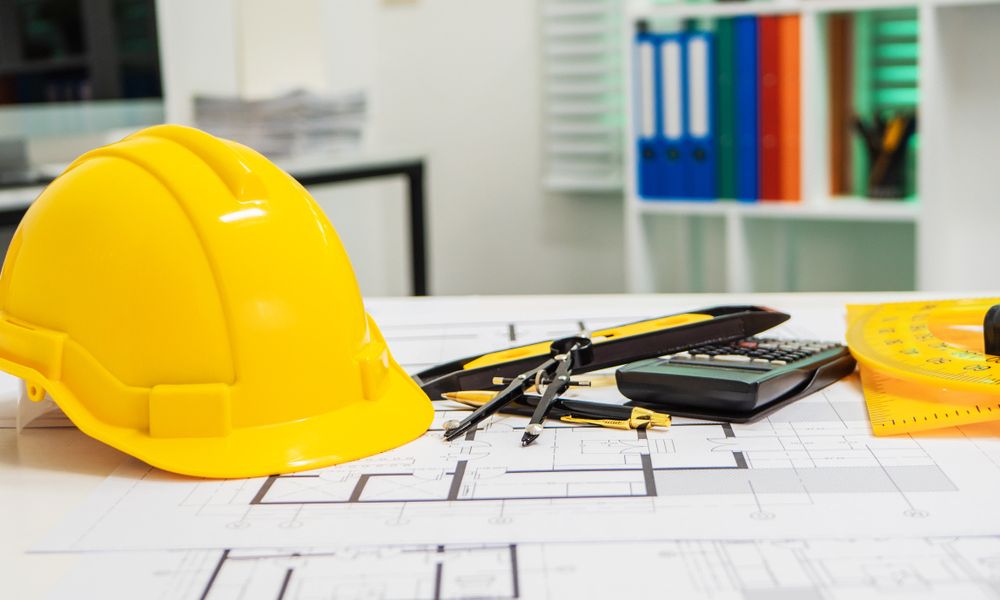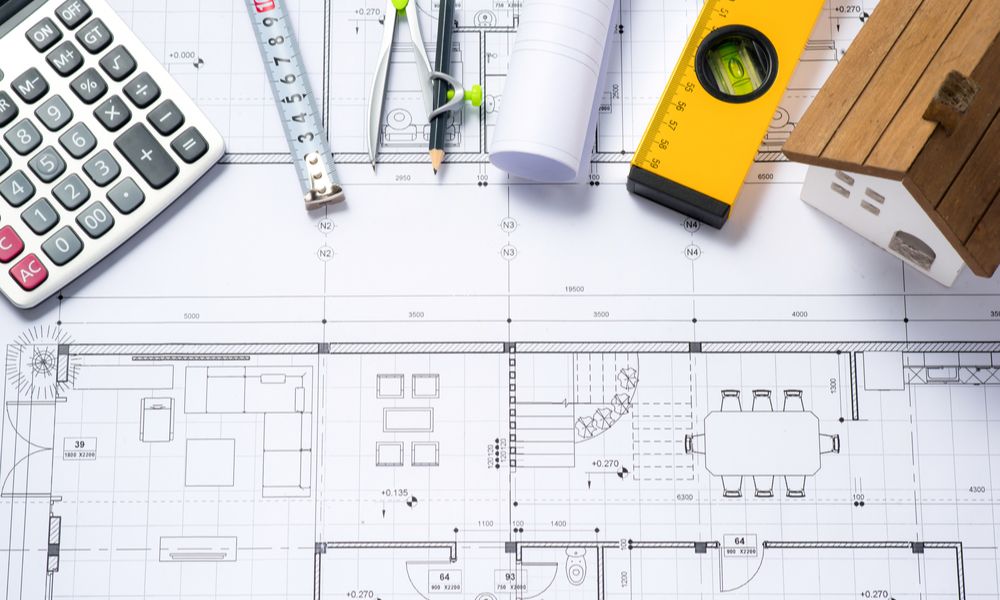In construction, balancing quality and cost is always a top priority. With rising material costs, labor shortages, and high client expectations, quantity surveyors (QS) and project managers must find efficient ways to optimize expenses without sacrificing project standards. Value engineering (VE) is a structured approach that allows construction professionals to achieve this balance by analyzing project elements and finding alternatives that reduce costs and improve functionality.
This guide will explore some of the top value engineering techniques for cost optimization, providing QS professionals and project managers with actionable methods to enhance project efficiency while maintaining quality.
Understanding Value Engineering for Cost Optimization
Value engineering is a process that involves systematically reviewing a project to identify areas where cost savings can be achieved without compromising on quality or functionality. By examining each component’s role and function, construction professionals can find alternative materials, designs, or methods to reduce costs while still meeting the client’s requirements.
Why Value Engineering Matters for Cost Optimization
- Improves Project Profitability: VE helps meet budget goals by reducing unnecessary expenses.
- Enhances Quality and Efficiency: VE techniques ensure that all aspects of the project contribute to performance standards.
- Aligns with Client Goals: By focusing on cost-effective solutions, VE ensures that projects align with client expectations for both budget and quality.
Top Value Engineering Techniques for Cost Optimization
The following are some of the most effective VE techniques that QS professionals can implement to optimize costs.
Function Analysis for Cost-Efficiency
Function analysis involves breaking down each project component to understand its purpose and evaluating its necessity. This process helps identify non-essential or redundant functions that could be streamlined or removed without affecting the project’s integrity.
- How It Works: QS professionals analyze each component’s purpose and function to determine if alternative solutions could achieve the same outcome at a lower cost.
- Example: For example, a function analysis may reveal that some structural components are over-engineered, allowing for a simpler design with fewer materials, resulting in cost savings.
Material Substitution for Budget Control
Material substitution is one of the most common VE techniques. By substituting expensive materials with more affordable alternatives that maintain the same level of performance, costs can be significantly reduced.
- How It Works: QS professionals assess the properties and durability of potential substitute materials, ensuring that they meet project specifications.
- Example: Replacing traditional concrete with lightweight or high-performance concrete can reduce material costs and improve efficiency, especially for larger structures.
Standardization for Process Simplification
Standardizing components, materials, and processes can reduce costs by streamlining construction and reducing customization. Standardization also improves efficiency, as it reduces the need for specialized labor or custom materials.
- How It Works: The VE team identifies where standardized materials and designs can replace custom ones without compromising on quality or aesthetics.
- Example: Using standardized door frames, window sizes, and structural components can reduce material waste and speed up the installation process, resulting in lower labor costs.
Simplified Design for Cost Reduction
Simplifying the project’s design is another effective way to optimize costs. This technique involves reducing unnecessary design elements that add complexity and expense, without impacting the project’s functionality.
- How It Works: The VE team reviews design plans to identify areas that could be simplified. This could include reducing the number of components or opting for simpler configurations.
- Example: A simplified layout in a commercial building might reduce the amount of ductwork needed, lowering HVAC installation costs and streamlining maintenance.
Life-Cycle Cost Analysis for Long-Term Savings
Life-cycle cost analysis (LCCA) considers both initial and ongoing costs of materials, equipment, and designs over a project’s lifespan. By looking at long-term costs, construction professionals can choose solutions that may have a higher upfront expense but offer significant savings in the long run.
- How It Works: QS professionals calculate total life-cycle costs, factoring in maintenance, durability, and potential replacements to identify cost-effective options.
- Example: Opting for LED lighting might be more expensive initially than traditional lighting, but its energy savings over time reduce overall costs.
Modular and Prefabricated Construction for Time and Cost Efficiency
Prefabrication and modular construction are methods that involve assembling parts of a project off-site in a controlled environment. This approach reduces on-site labor costs, minimizes waste, and speeds up the construction timeline.
- How It Works: QS professionals and contractors work with prefabricated components that are manufactured off-site and transported to the construction site for quick assembly.
- Example: Prefabricated walls, floors, or HVAC systems are commonly used in residential and commercial buildings to accelerate timelines and lower labor expenses.
Energy Efficiency Upgrades for Operational Savings
Energy-efficient designs and systems may involve a higher initial cost but can result in significant operational savings, particularly in projects with long-term occupancy. Investing in efficient HVAC, lighting, and insulation can optimize energy costs over the life of the building.
- How It Works: QS professionals calculate the payback period for energy-efficient upgrades, comparing initial expenses with anticipated savings.
- Example: Installing high-efficiency HVAC systems may cost more upfront but can reduce monthly energy expenses, offering long-term savings.
Risk Assessment and Contingency Planning for Cost Control
A thorough risk assessment can identify potential issues that may lead to cost overruns. By incorporating contingency plans, the VE team ensures that the project remains within budget, even in the face of unforeseen circumstances.
- How It Works: QS professionals conduct a risk analysis to identify potential budget risks, allowing for the establishment of contingencies that keep the project financially secure.
- Example: Allocating contingency funds for weather delays can prevent unexpected expenses, ensuring the project remains on track.
Waste Reduction Strategies for Environmental and Cost Benefits
Reducing waste on-site not only benefits the environment but also helps lower costs by minimizing the materials needed for the project. This approach aligns with sustainable practices and provides long-term financial savings.
- How It Works: The VE team analyzes processes and materials to reduce on-site waste, such as using precision cutting or digital layouts for efficient planning.
- Example: Implementing waste reduction practices, like using pre-cut materials or recycling scrap, lowers material costs and supports sustainability.

How Quantity Surveyors Play a Key Role in Cost Optimization
Quantity surveyors are integral to the value engineering process, especially when it comes to cost optimization. Their expertise in cost estimation, budgeting, and financial planning ensures that all VE recommendations align with the project’s financial goals without sacrificing quality.
Cost Analysis and Budget Tracking
Quantity surveyors assess the cost implications of each VE recommendation, ensuring that all changes are financially viable. They keep the project on budget by tracking costs at every stage.
Risk Management and Contingency Planning
By conducting a thorough risk assessment, quantity surveyors identify potential budget risks, such as cost overruns or material shortages, and develop contingency plans to keep the project on track.
Quality Assurance in Cost-Effective Solutions
Quantity surveyors balance cost savings with quality by ensuring that all VE recommendations meet project standards. They assess the quality and durability of alternative materials, guaranteeing that cost reductions do not compromise project performance.
Benefits of Value Engineering for Cost Optimization
Value engineering offers numerous benefits beyond cost savings. When applied effectively, VE can improve project outcomes, streamline processes, and align the project with client expectations.
- Immediate Cost Reductions: VE techniques like material substitution, standardization, and simplified design lead to direct cost savings, making it easier to stay within budget.
- Long-Term Financial Savings: Techniques such as life-cycle cost analysis and energy efficiency upgrades reduce operational costs, offering long-term value.
- Enhanced Efficiency: Prefabrication and waste reduction methods streamline construction processes, accelerating timelines and improving efficiency.
- Sustainable Practices: VE encourages sustainable practices, reducing waste and energy consumption, which benefits both the environment and the project’s budget.
Challenges of Value Engineering in Cost Optimization
While value engineering provides numerous benefits, it also presents challenges, particularly when it comes to balancing cost and quality.
- Quality Concerns: Some clients may fear that cost reductions could impact quality. Clear communication is essential to reassure stakeholders that VE techniques prioritize functionality and quality.
- Stakeholder Buy-In: Not all stakeholders may initially support changes. QS professionals must present VE recommendations effectively to gain approval.
- Time Constraints: The VE process can be time-consuming. Starting VE in the project’s early stages allows for a more thorough analysis and smoother integration.
Conclusion
Value engineering is a powerful tool for cost optimization, allowing quantity surveyors and construction professionals to deliver high-quality projects within budget.
By implementing techniques like function analysis, material substitution, and life-cycle cost analysis, VE provides practical solutions for reducing costs without compromising on quality.
Quantity surveyors play a critical role in this process, ensuring that all recommendations align with project goals and financial targets.
Adopting VE techniques in construction projects not only optimizes costs but also enhances overall project efficiency, sustainability, and client satisfaction. With the right approach, VE allows construction professionals to meet their clients’ expectations for both quality and cost.
Ready to take your value engineering skills to the next level?
Our Quantity Surveying Course Online covers everything from cost optimization to advanced budgeting techniques. Gain the expertise you need to drive successful, cost-effective projects.
Enroll in our Quantity Surveying Course Online today and start building your career in cost management and value engineering!




